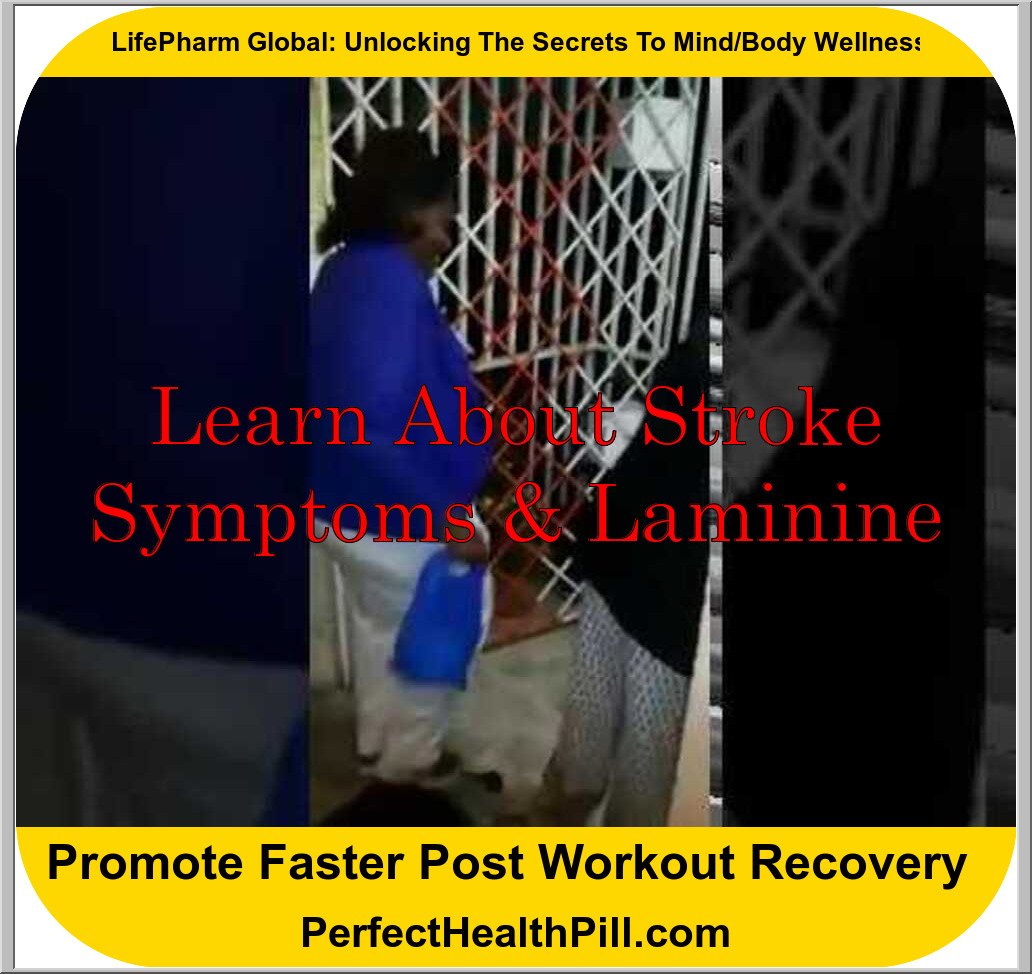
Stroke is an ailment which primarily affects the veins and arteries surrounding the brain and delivering oxygen and nutrients to and from the body. When a blood vessel which carries nutrients and oxygen to the brain bursts or becomes blocked (or ruptures), a stroke occurs. The stroke causes major damage to brain cells and brain tissues and can result in death.
The most common type of stroke is caused by a blood clot that develops inside a vessel wall (artery) of a nerve. Another type of stroke is called a subdural hematoma, which results from blood leaking into the space between the skull and the cerebrospinal fluid. A subarachnoid hemorrhage, also known as a brain stem stroke, can be caused by injury or blood clots caused by carotid artery disease. It results from damage to one or more of the cranial nerves responsible for sensation or motor coordination.
All these types of strokes cause similar symptoms such as nausea, vomiting, confusion, slurred speech, weakness, dizziness, and/or difficulty swallowing. They are more likely to affect middle-aged adults and those with certain pre-existing medical conditions, such as diabetes, high blood pressure, smoking, hyperglycemia, liver disease, and kidney disease. The risk of a stroke greatly increases when people are at increased risk for developing cardiovascular disease, such as those with high blood pressure, obesity, and diabetes.
Strokes are a very serious condition that can cause permanent disability and death. It is important to know that although a person is at risk for having a stroke, it is not certain that they will suffer a stroke. There is no specific treatment that guarantees that you will not develop a stroke. For those who do have a stroke, they are given different treatments. In some cases, they receive surgery to remove a portion of the cerebrospinal fluid which has been affected by the stroke, to reduce inflammation of the affected areas, or they receive medication to minimize the symptoms of the stroke.
However, there are also a number of possible treatments that have shown some promise in treating stroke symptoms. Many doctors believe that some types of medicine, such as antidepressants, may slow the progression of the disease. Although this is not completely conclusive, this therapy has been proven effective. It may also reduce the length of time between the onset of symptoms and when they progress to full-blown stroke. Also, certain types of medication may be helpful for slowing the progress of symptoms. For example, antidepressants have been found to help reduce the effects of pain. People with milder cases may be helped by taking beta-blockers.
In addition to medication, some people may need physical therapy to help improve their movement. Certain medications may also be prescribed by their doctor for people with milder cases of stroke. Also, in some cases, surgery is an option for treating complications that have developed as a result of the initial stroke.
Find More Information About Laminine Here
Please Watch the Video Below to View the Complete Testimonial.

